The 2012 Jeep Patriot is a popular car. It is known for its style and reliability. One key part of this car is its transmission fluid. This fluid is very important.
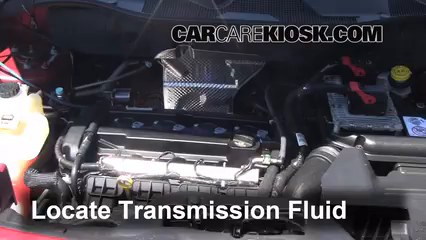
Credit: www.carcarekiosk.com
What is Transmission Fluid?
Transmission fluid is a special liquid. It helps the car’s transmission work. The transmission is like the car’s muscles. It helps the car change gears smoothly.
Why is Transmission Fluid Important?
Transmission fluid is crucial. It keeps the transmission parts moving smoothly. It also keeps them cool. Without the fluid, the transmission can get too hot. Hot parts can break easily.
Types of Transmission Fluid
There are different types of transmission fluid. Each type is for different cars. It is important to use the right type. The wrong fluid can harm the car.
- Automatic Transmission Fluid (ATF): Most cars use this fluid. It is common and works well.
- Manual Transmission Fluid: Some cars use this fluid. It is thicker than ATF.
The 2012 Jeep Patriot uses ATF. It is designed for automatic transmissions.
Checking the Transmission Fluid
Checking the fluid is easy. You can do it at home. Here is how:
- Park the car on level ground.
- Turn off the engine.
- Open the hood.
- Find the transmission dipstick. It is usually near the engine.
- Pull out the dipstick.
- Wipe it clean with a cloth.
- Put it back in, then pull it out again.
- Check the fluid level on the dipstick.
If the fluid level is low, you need to add more. If the fluid looks dirty, it may need changing.
Changing the Transmission Fluid
Changing the fluid is important. Over time, the fluid gets dirty. Dirty fluid does not work well. It can cause problems.
When To Change The Fluid?
Change the fluid every 30,000 to 60,000 miles. This keeps the transmission healthy. Check the car manual for exact miles.
How To Change The Fluid?
You can change the fluid yourself. Or, you can visit a mechanic. Here is a simple guide:
- Lift the car with a jack. Make sure it is secure.
- Find the transmission pan. It is under the car.
- Place a drain pan under the transmission pan.
- Remove the bolts from the transmission pan.
- Let the old fluid drain into the drain pan.
- Clean the transmission pan with a cloth.
- Replace the transmission filter. It is inside the pan.
- Put the transmission pan back on.
- Fill the transmission with new fluid.
- Check the fluid level with the dipstick.
Changing the fluid takes time. Be patient. Follow the steps carefully.
Signs of Transmission Problems
Sometimes, the transmission has issues. Here are some signs:
- Car has trouble changing gears.
- Transmission fluid is leaking.
- Fluid smells burnt.
- Car makes strange noises.
If you notice these signs, check the fluid. If problems continue, visit a mechanic. They can help fix the issue.

Credit: www.youtube.com
Tips for Keeping Transmission Healthy
A healthy transmission lasts long. Here are some tips:
- Check the fluid regularly.
- Change the fluid on time.
- Drive gently. Avoid sudden starts and stops.
- Do not overload the car.
These tips help keep your car running smoothly.
Frequently Asked Questions
What Type Of Transmission Fluid Does A 2012 Jeep Patriot Use?
The 2012 Jeep Patriot typically uses ATF+4 transmission fluid. Always check your owner’s manual for confirmation.
How Often Should I Change The Transmission Fluid?
Change the transmission fluid every 60,000 miles. This helps maintain optimal performance and longevity.
Can I Change The Transmission Fluid Myself?
Yes, you can. But it requires some mechanical skills. Ensure you have the right tools.
What Happens If I Don’t Change The Transmission Fluid?
Old fluid can cause poor shifting and transmission damage. It’s crucial for vehicle health.
Conclusion
The transmission fluid in the 2012 Jeep Patriot is vital. It helps the car work well. Check and change the fluid regularly. This keeps the transmission in good shape. Follow the tips for a healthy transmission. Enjoy driving your Jeep Patriot!

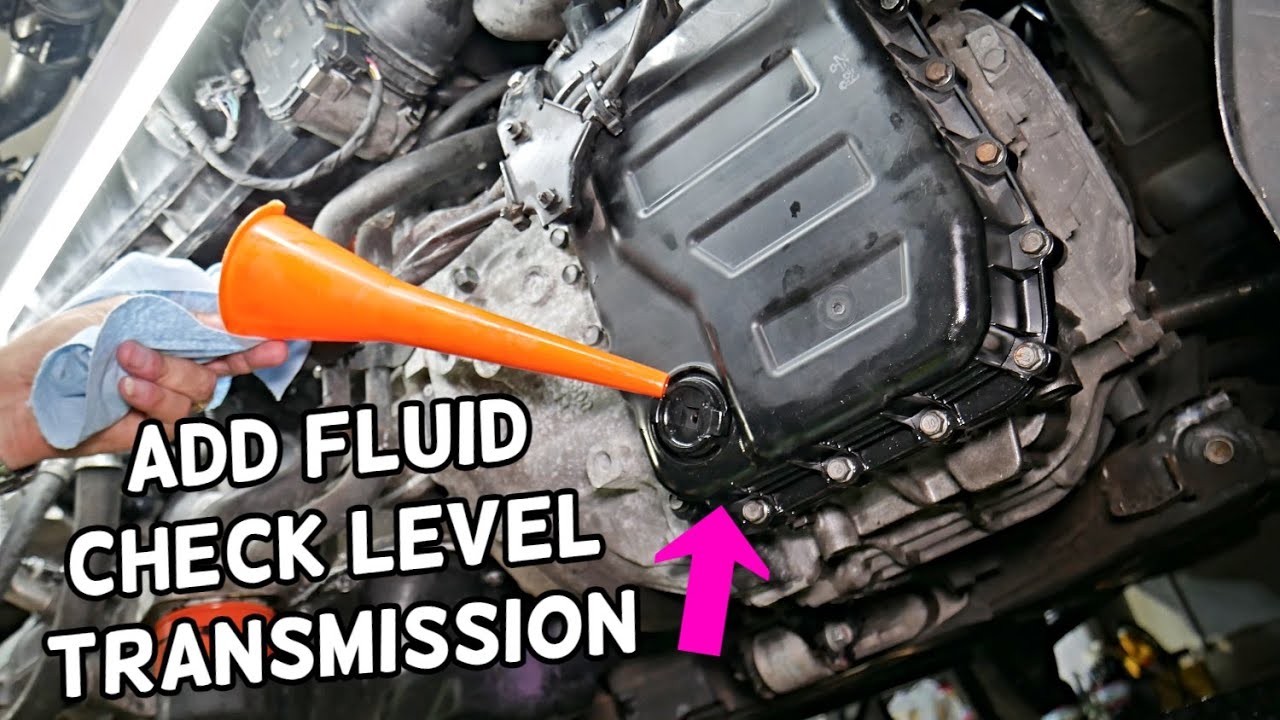
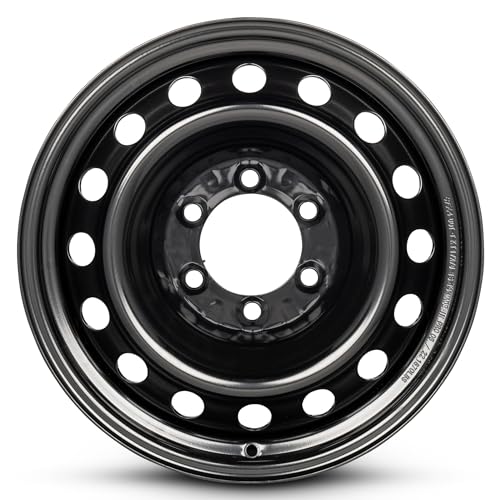
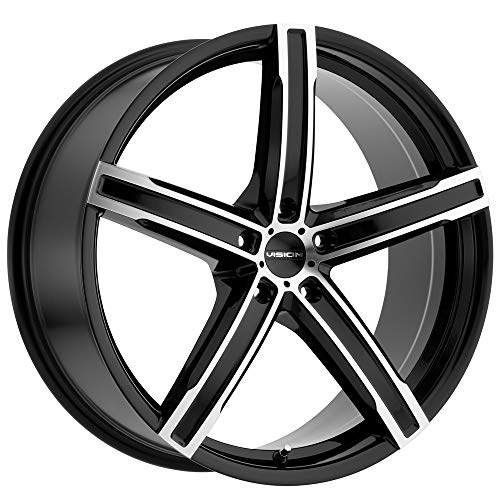
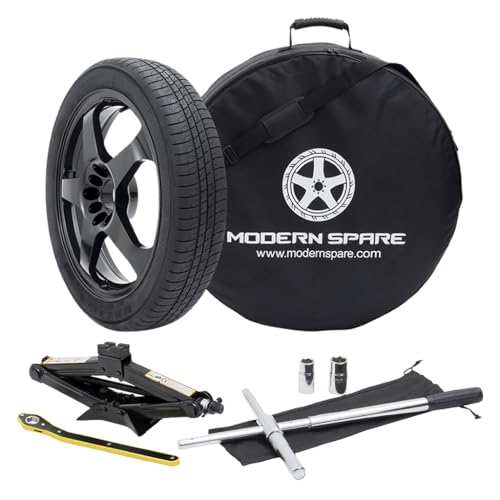
Leave a Reply